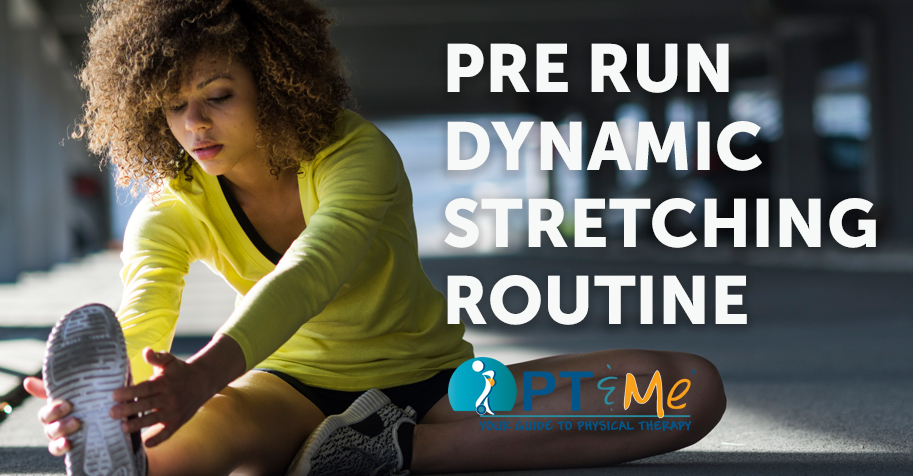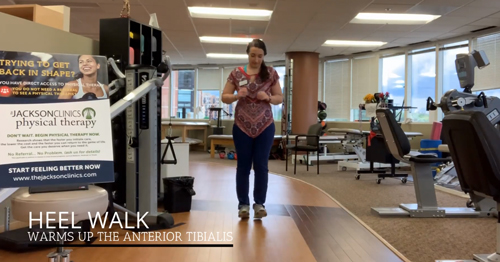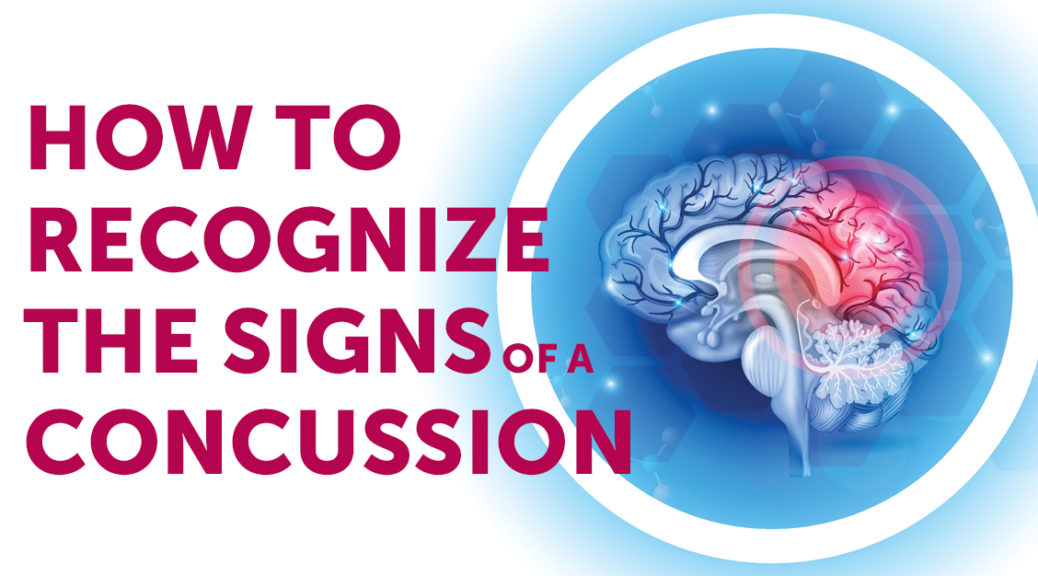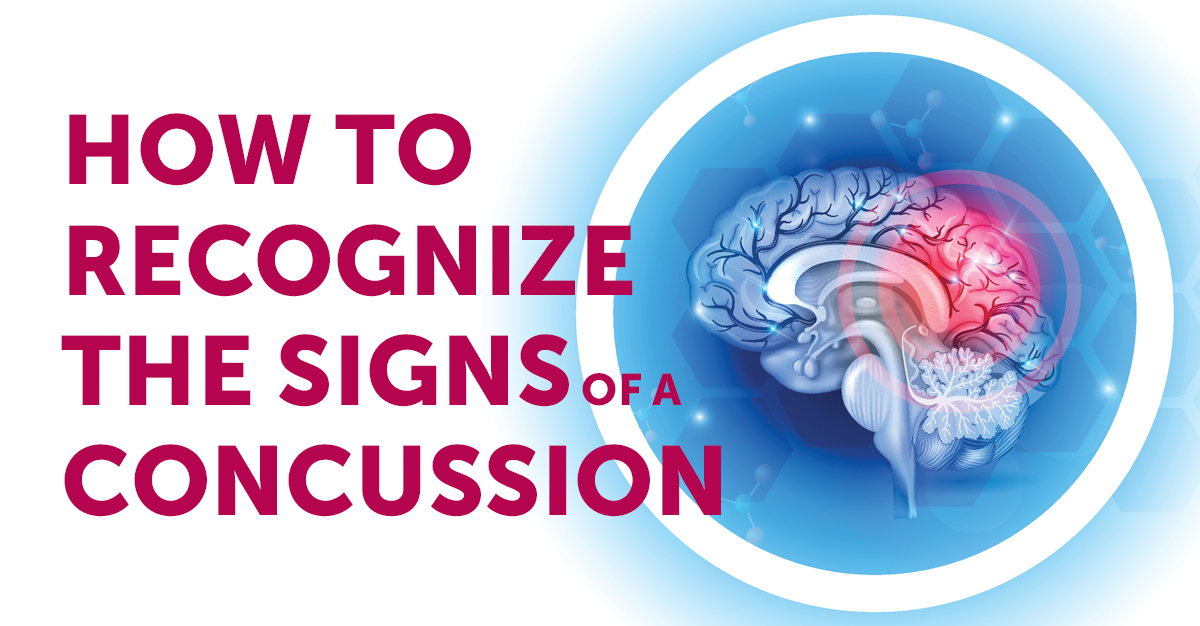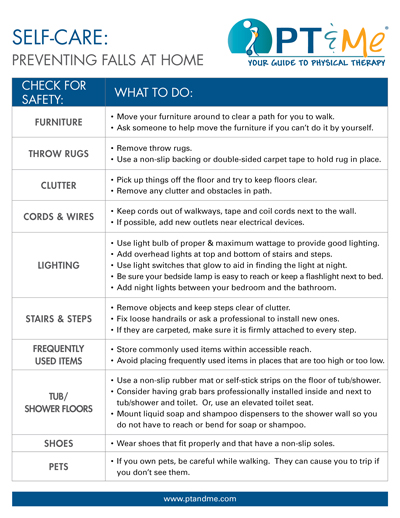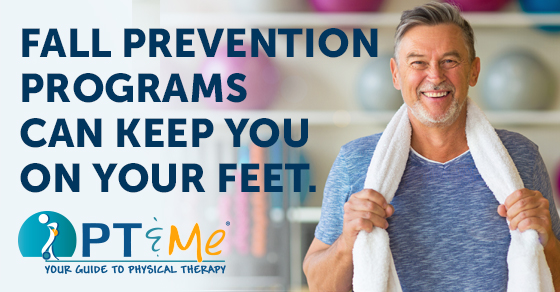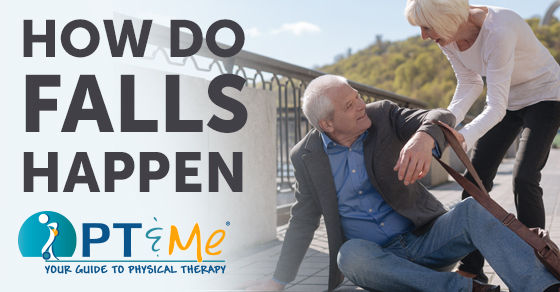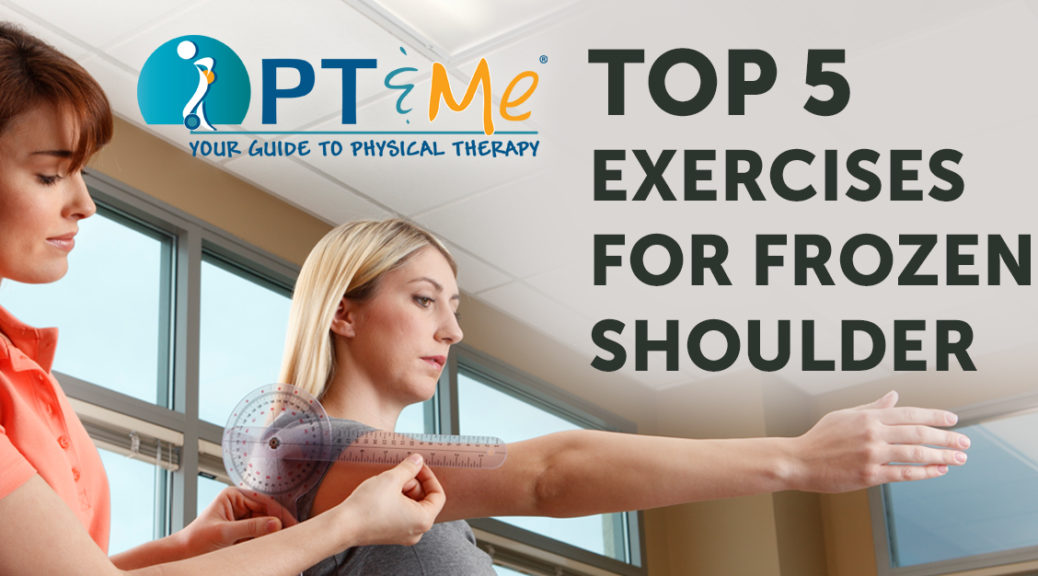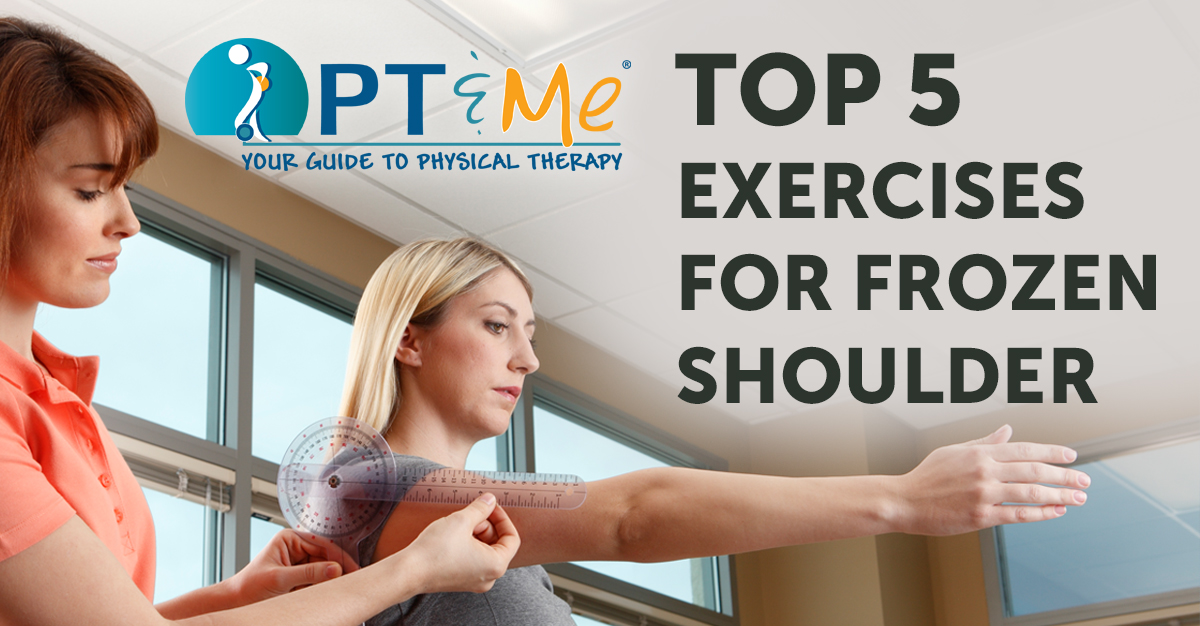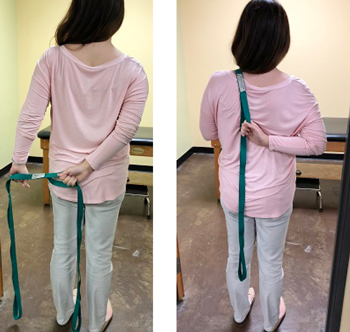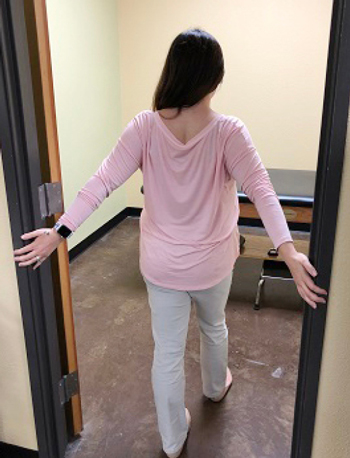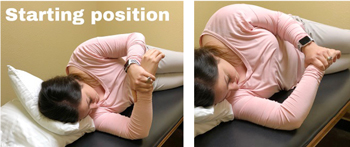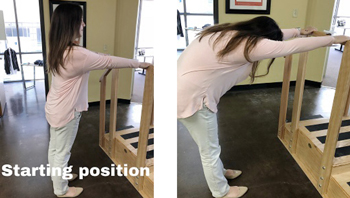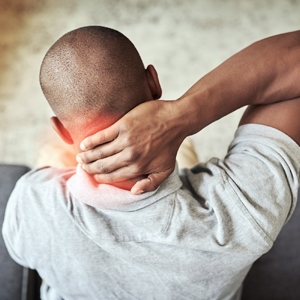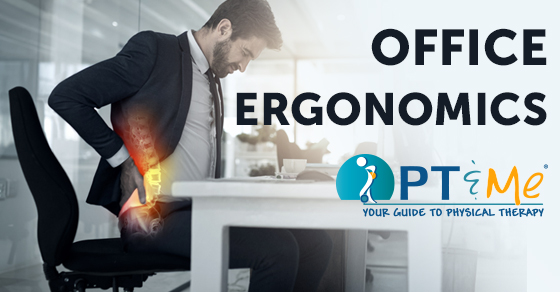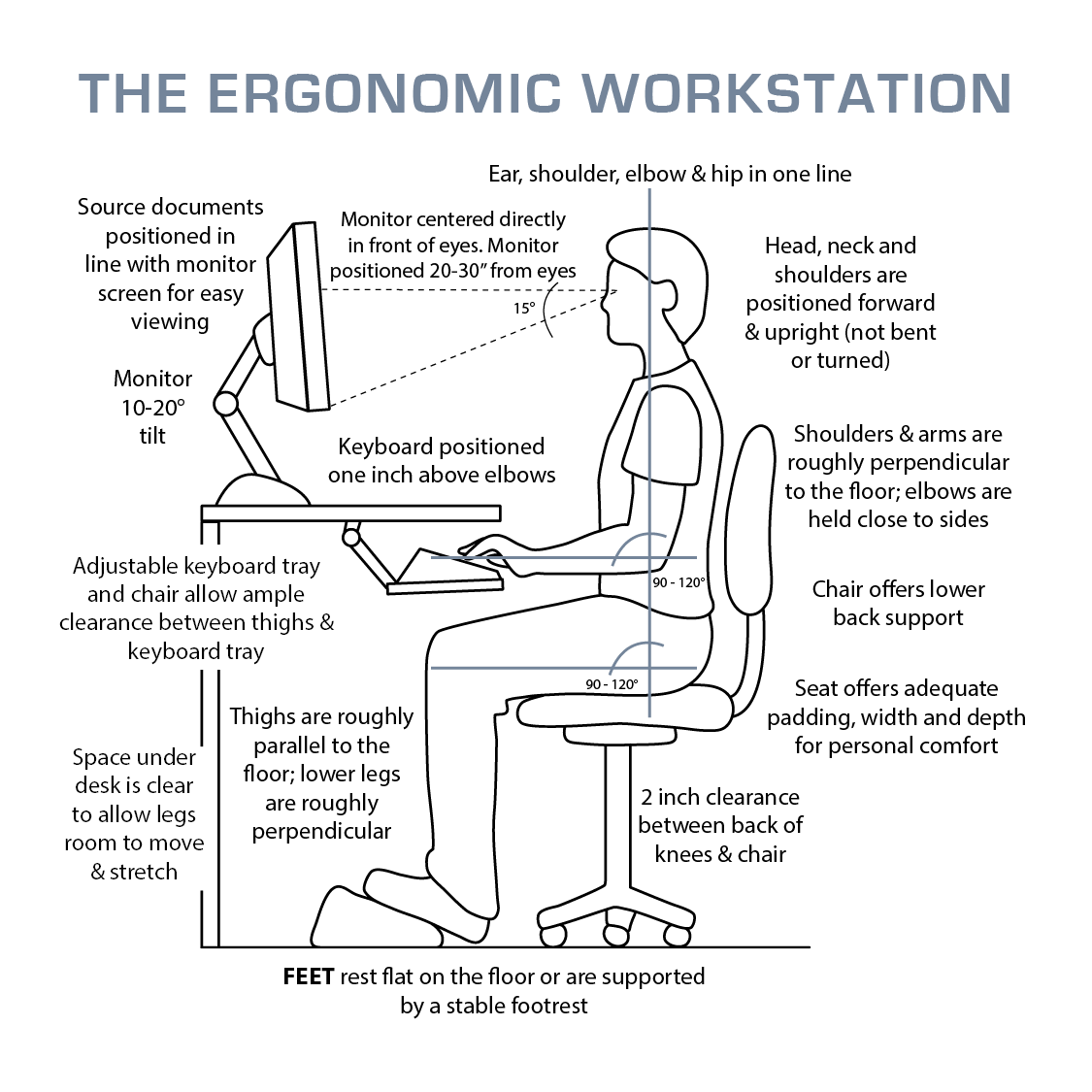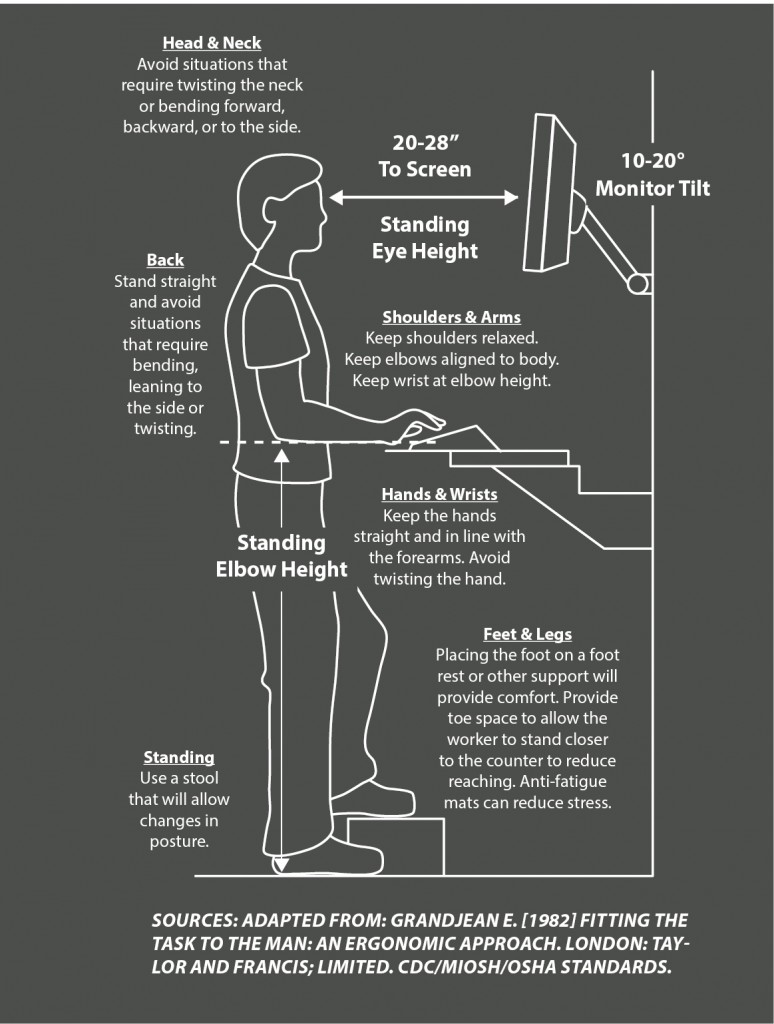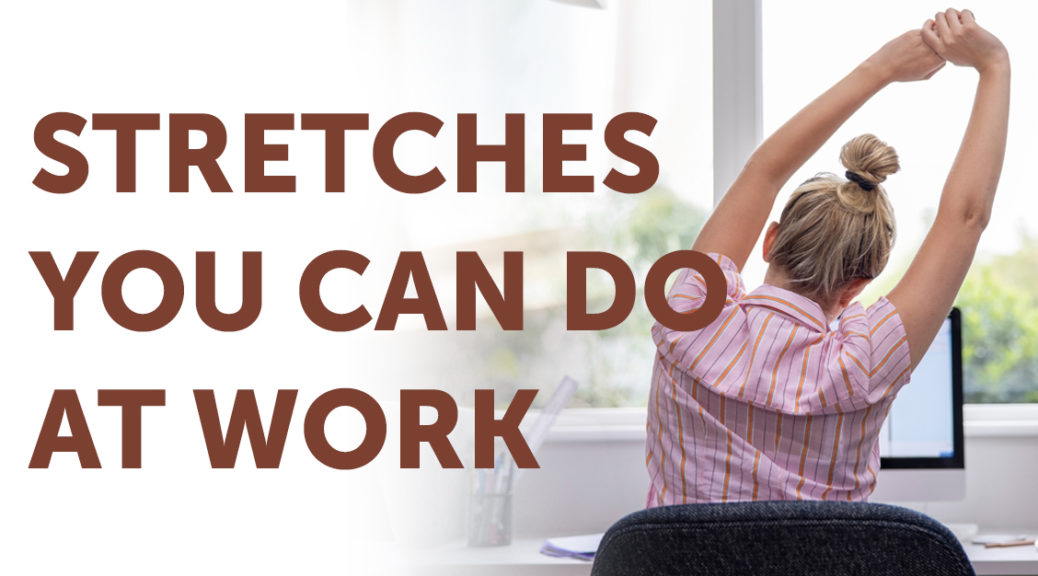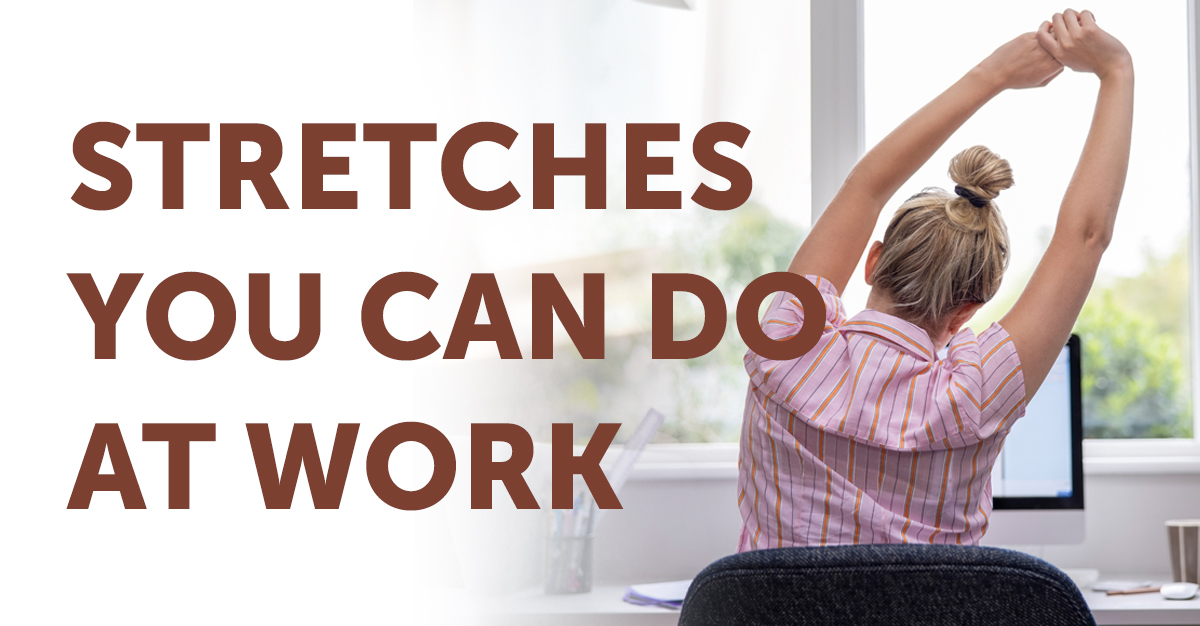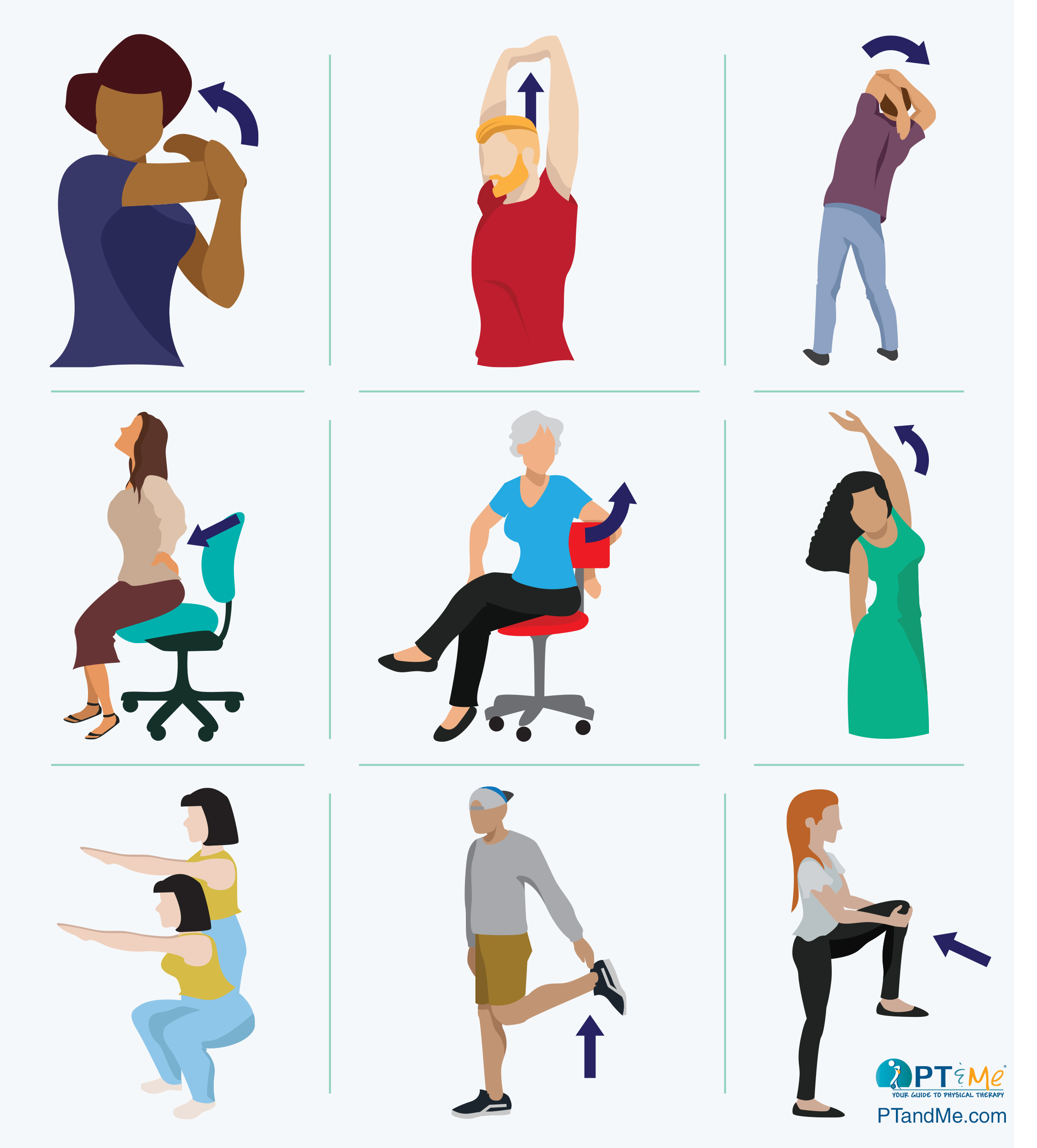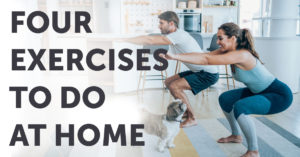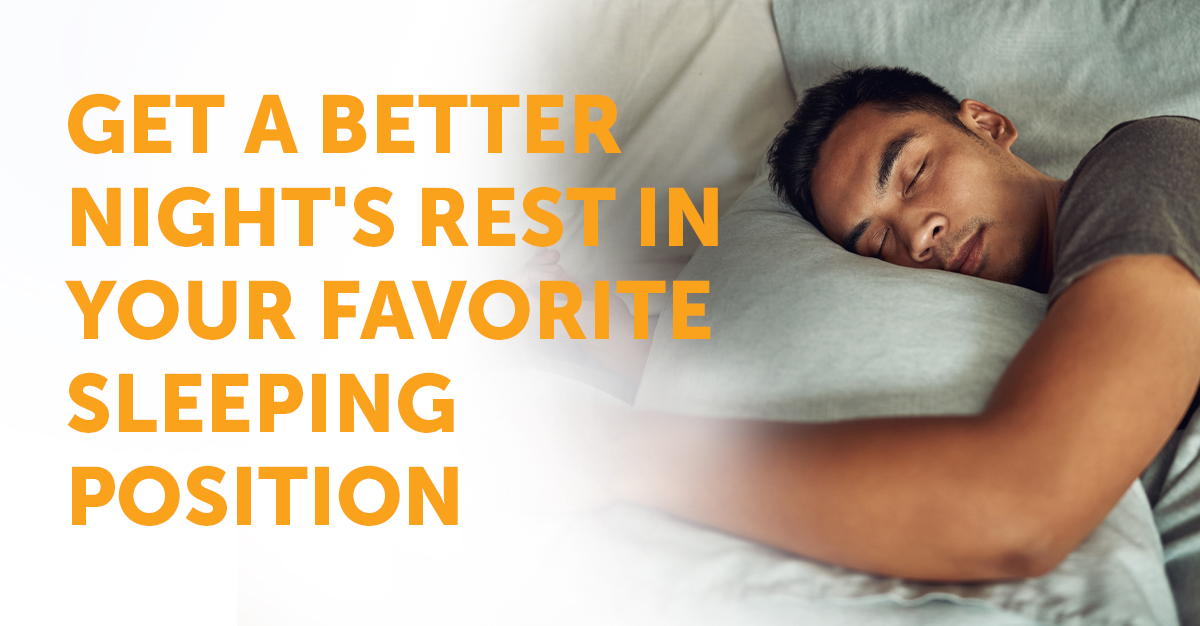

Healthy Sleeping Tips
Snuggling up for a snooze-fest isn’t just for dreaming about sheep – it’s the best way to help protect your mental health, physical health, and quality of life. For many, getting a good night’s rest doesn’t come by so easily. Tossing and turning throughout the night can lead to exhaustion throughout the day, and the repercussions of poor sleep ripple through every facet of one’s well-being, emphasizing the crucial importance of prioritizing healthy sleep habits.
The National Institutes of Health suggests that school-age children need at least 9 hours of sleep daily, teens need 8-10 hours, and adults need at least 7 hours.
Everyone tends to have their preferred go-to sleep position that always helps them drift into slumber. For some, it’s the classic back position; others find comfort curling up on their side, and some prefer sleeping on their belly.
Sleeping for hours on end in the same position can have its pitfalls if your body is not properly supported. While favorite sleep positions differ, some key principles apply to almost everyone. See which sleeper you tend to be, and think about the tips that apply:
How to Get a Better Night’s Sleep in Your Favorite Position
The Side Sleeper
Put a pillow between your legs to get alignment for your hips to your knees, and make sure the pillow you rest your head on provides alignment with the height of your spine
The Back Sleeper
Make sure the pillow under your head is not too high and provides support for your neck so that your head and your spine are in alignment. If you find that there is pain in your lower back from the curvature of your body, you can put a pillow under your legs to lessen the curvature in your back and relieve stress
The Stomach Sleeper
Not recommended for long periods. This position overextends your neck because it forces you to turn your head to the side while the rest of your body faces the bed. Your arms may also be over-extended if you have them above your head, causing stress to your back
Choosing the Right Pillow
While there are many things you can do to try to get a good night’s rest, the solution may be lying right beneath your head. A pillow that adequately supports the head helps maintain proper spinal alignment, and prevents stiffness and soreness in the neck & shoulders, minimizing discomfort. Proper head support can alleviate issues such as snoring, sleep apnea, and acid reflux by promoting optimal breathing patterns and reducing pressure on the airways.
Here are some factors to consider when you’re out shopping for the perfect pillow:
- Your ideal pillow should let your head rest so that it’s aligned with your shoulders, hips, and heels, forming a straight line from your head to your body.
- If your head tilts back (or to one side when side sleeping), your pillow is too thin and may cause stiffness in your shoulders.
- If your head tilts upward and disrupts the straight line, your pillow is too full or thick. This can reduce the size of your airway, causing you to snore.
Take advantage of the return policy on your pillows and try it out for a few days. If you’re uncomfortable, return it and find another. Keep in mind that the right pillow for you depends on your sleep position(s). Here are some suggestions to get it right the first time!
- BACK SLEEPERS: Try thinner pillows or pillows with more volume in the bottom third to cradle your neck.
- SIDE SLEEPERS: Look for a firmer pillow that fills in the space between your ear and shoulder.
- STOMACH SLEEPERS: Opt for a very thin pillow to keep your back from arching or even sleep without one.
Experiment with different pillows and sleep positions to find what works best for you. Remember, the key is not only in the position itself but also in maintaining proper alignment and providing support where needed.
If these tips don’t help you get a better night’s rest in your favorite sleeping position, or if you are experiencing pain, physical therapy should be considered as the next solution. Range of motion exercises may be prescribed by a physical therapist if you have a neck ailment that limits mobility to your shoulder(s) or arm(s). A physical therapist can work with you to help perform these exercises and determine the cause of your pain to allow your body to heal day in and day out. May your nights be filled with sweet dreams and countless sheep and your days with boundless energy, as you embrace these healthy sleeping tips.
Frequently Asked Questions
What is the healthiest sleeping position?
The side‑lying fetal position is widely recommended because it keeps your spine neutral and reduces pressure on internal organs. Use a medium‑firm pillow to fill the gap between your ear and shoulder.
Can the wrong pillow cause neck pain?
Yes. A pillow that is too high or too flat forces your neck out of neutral alignment. Choose a pillow that keeps your ears, shoulders, and hips stacked in one straight line.
How can I stop tossing and turning at night?
Begin with good sleep hygiene—no screens 30 minutes before bed—then use body pillows or a rolled towel to stabilize your trunk and knees so muscles can relax.
When should I see a physical therapist about sleep pain?
If stiffness or pain lasts more than two weeks or disrupts your daily routine, schedule an assessment. A PT can identify mechanical issues and give corrective exercises.

 It’s that time of year again! Most of us find ourselves offering to host or pitch in during our holiday celebrations. We’ve decided to offer up some recipes that we enjoy, and hopefully you will too.
It’s that time of year again! Most of us find ourselves offering to host or pitch in during our holiday celebrations. We’ve decided to offer up some recipes that we enjoy, and hopefully you will too.

